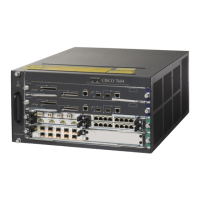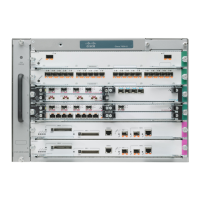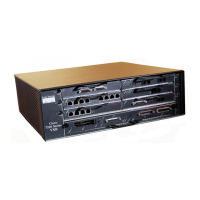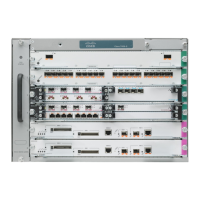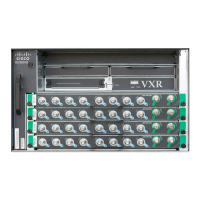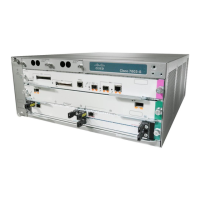System and Profile Parameters
Cisco700 Series Router Configuration Guide
2-4
Table 2-2 lists the parameters that can be configured in a profile.
Permanent Profiles
Cisco 700 series routers contain three permanent profiles. Permanent profiles can be
modified, but they cannot be deleted. The permanent profiles are as follows:
The decision to use the LAN or Internal profile involves some knowledge of your network
design and whether you are bridging or routing to remote sites (or a combination of both).
It is best to use the LAN profile instead of the Internal profile to simplify the configuration.
You can easily associate the LAN profile with the Ethernet interface and the user-defined
profiles with the ISDN interface.
Sometimes situations arise (very infrequent) where you must route a protocol to one site
and bridge the same protocol to another site. Simply leave the LAN profile as a bridging
profile, and use the Internal profile for all routed protocol information.
Table 2-2 Profile Parameters
Bridging Line speed PPP authentication (outgoing)
Ringback number Auto calling All IP parameters, including filters
Passthrough Demand PAP password (client and host)
Learning Timeout All IPX parameters, including filters
Subnet mask Called number CHAP secret (client and host)
Protocol Encapsulation Bridge filters (address, type, and user-defined)
Loopback
LAN Determines how data is passed from the router to the LAN. This profile
is commonly used for connections made directly to the local network.
Internal Determines how data is passed between the bridge engine and the IP/IPX
router.
Standard The default profile. If authentication is set to none and a profile does not
exist for the WAN switch, the router uses the Standard profile by default.
If authentication is required and no profile is found, the call is dropped.

